Get it right in India, and the prizes are massive. The country is the second most populous on earth with the world’s fifth largest car market that is tipped to return to growth soon despite recent drops that have taken it back below the three-million-unit barrier.
Yet despite the vast population, car ownership remains very low, two thirds less per 1000 people than in China. By 2050, India will the world’s most populous nation and is also expected to have the lowest average age of 25 and with a growing middle class that will run into many hundreds of millions.
Put all these factors together, and it’s no wonder car manufacturers are scrambling to position themselves to take advantage of the growth potential. European brands in particular are now increasingly eyeing India, none more so than the Volkswagen Group where its operations are led by Skoda.
Intriguingly, Skoda is seen as a more premium brand than its parent Volkswagen. When Skoda launched in India, it did so with the Skoda Octavia in 2001. That was seen as a premium car, whereas VW was selling smaller, cheaper machines, and the reputations have stuck since.
The Octavia also misled Skoda and the wider VW Group as to the way to profitability in the Indian market. By the time it went on sale, it had already paid back its development costs since its launch in 1996 through sales elsewhere. Everything in India was effectively pure profit, and Skoda made plenty with the Octavia right through to the end of the decade.
But it couldn’t replicate that with other models that are much newer, such as the Skoda Fabia. ‘Decontenting’ the car for sale in India in a normal lifecycle still made it too expensive next to models developed and built in India from the ground up, and the profits went away.
The VW Group’s plan includes a new development centre in Pune, home to 200 engineers who have rebuilt the MQB A0 platform used in Europe on small cars like the Volkswagen Polo, Seat Ibiza and Skoda Kamiq to Indian specifications using 90%-plus locally sourced parts. It will be used to underpin four locally-built models: a production version of the Skoda Vision IN concept, the VW Taigun, and two small saloons, one from each brand.
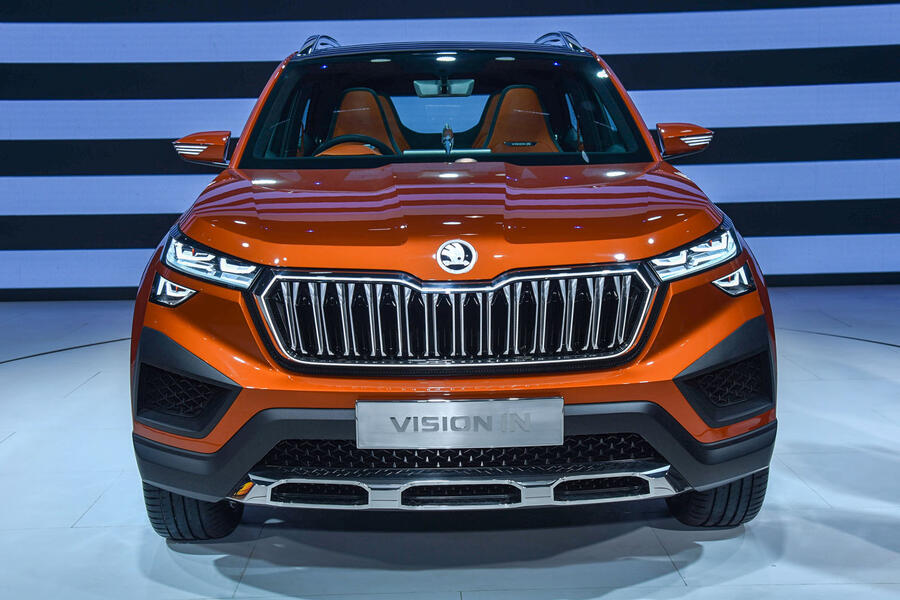

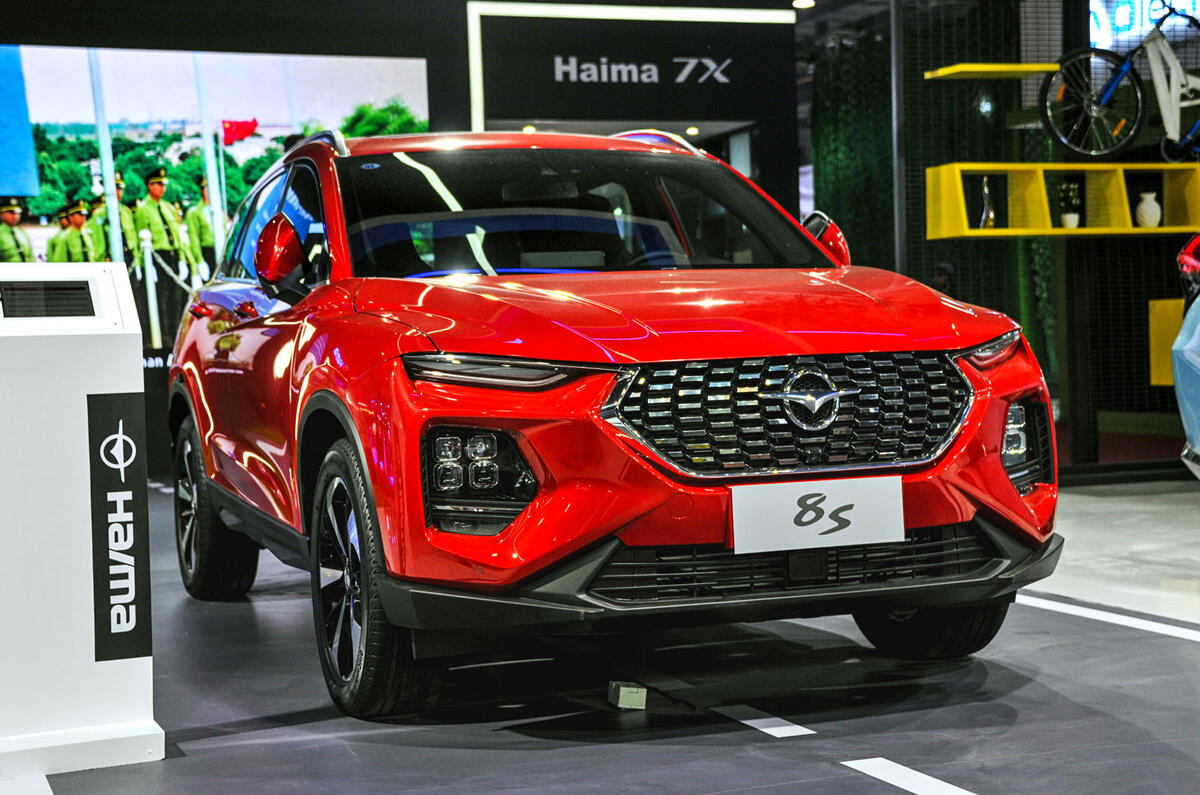
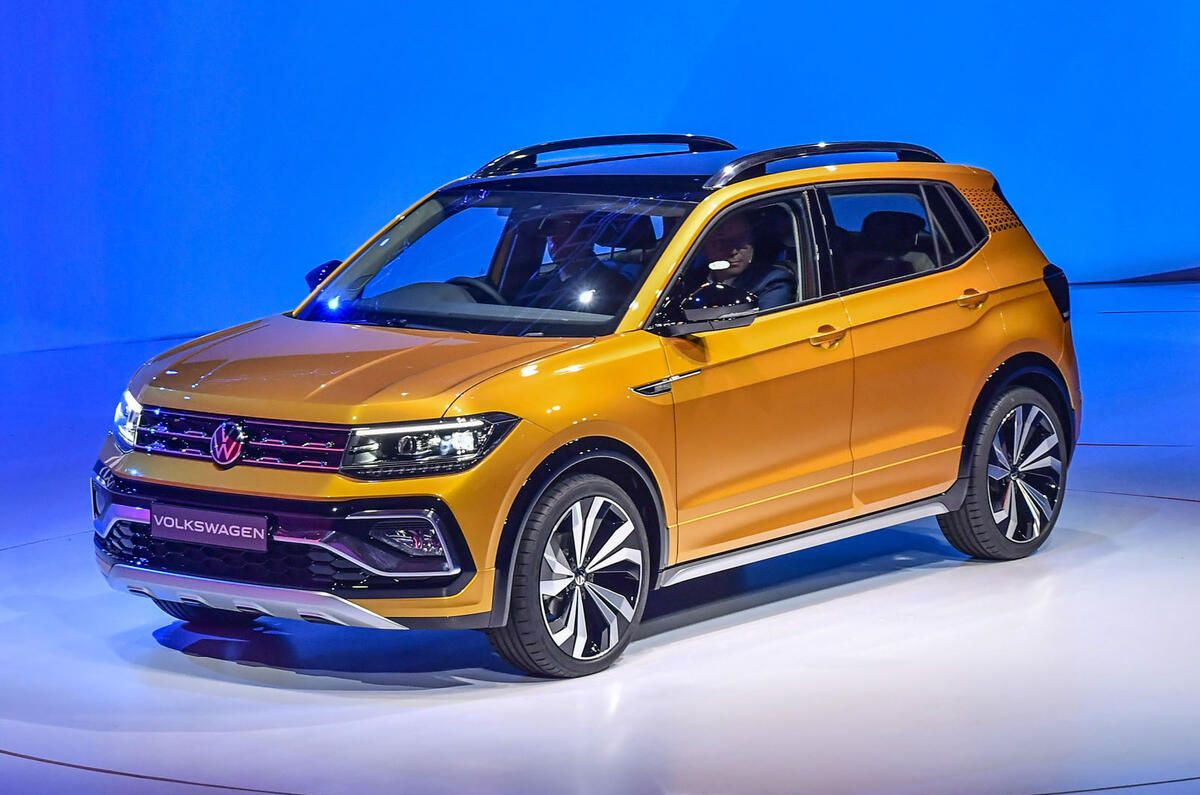


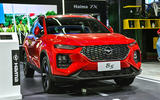
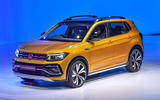
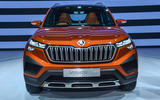
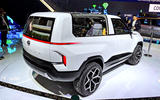

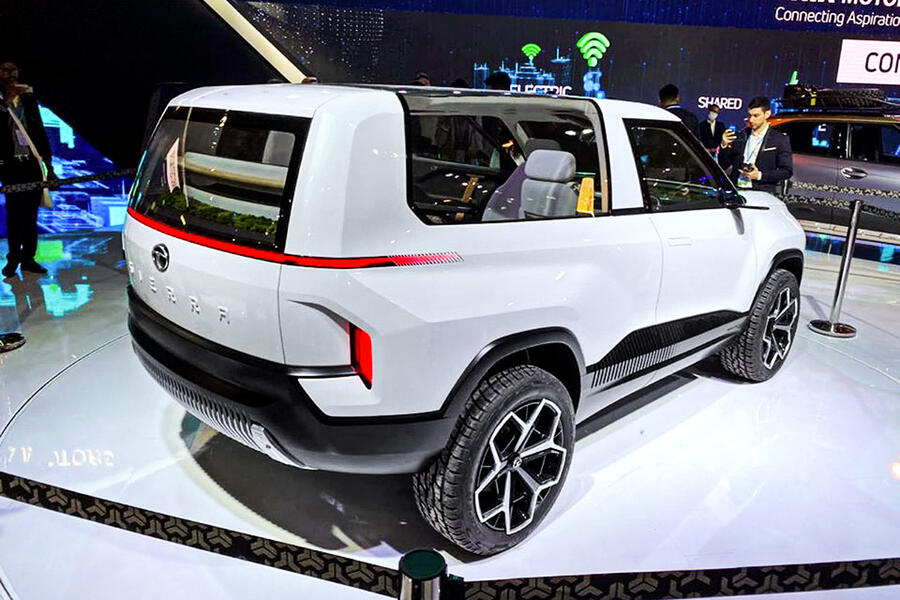






Join the debate
Add your comment
Tata’s products
I'd like to see an Autocar on Tata's latest models. They look really interesting and it would be good to understand if they plan to sell them in Europe. They look like they have a lot of potential